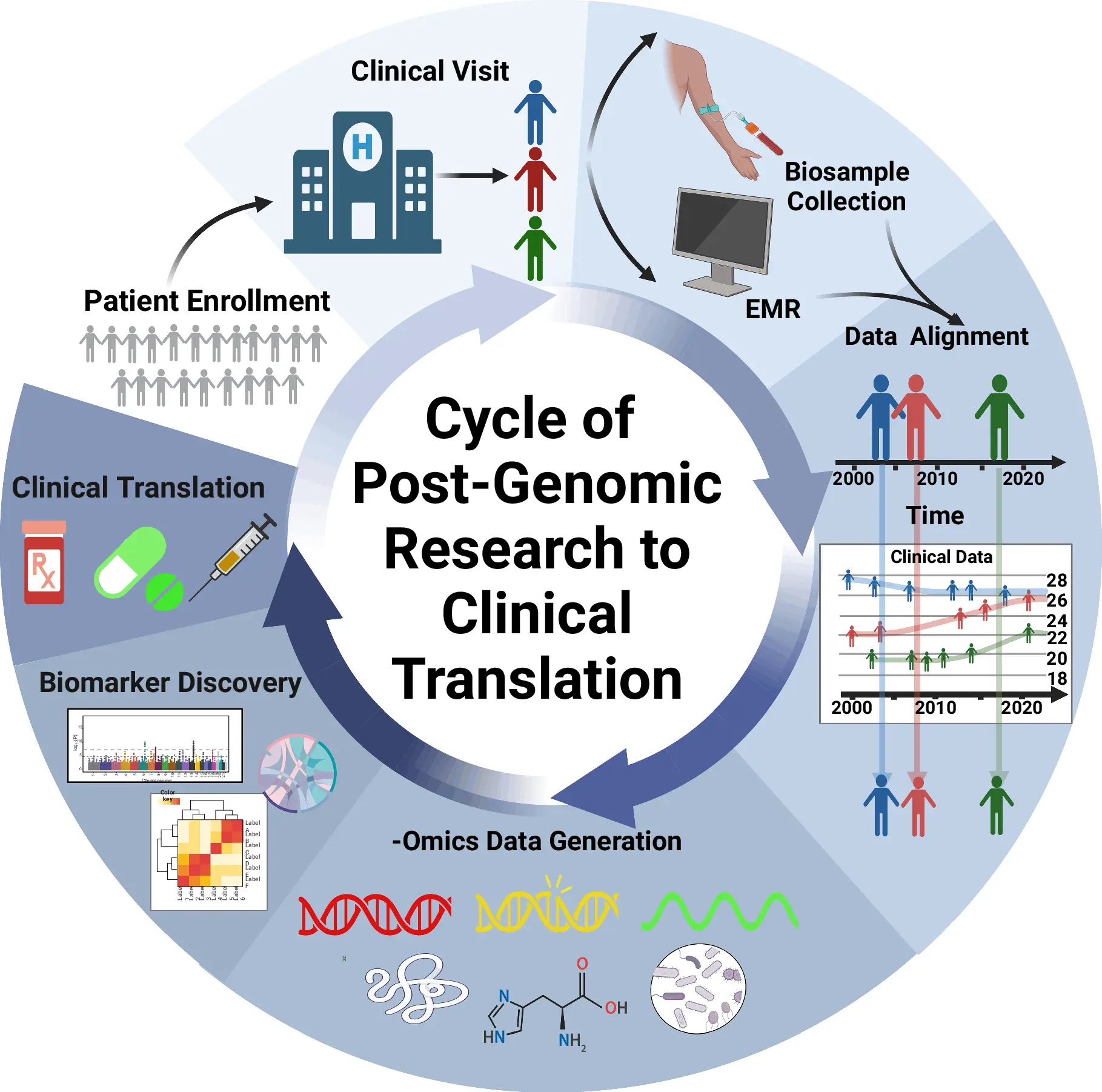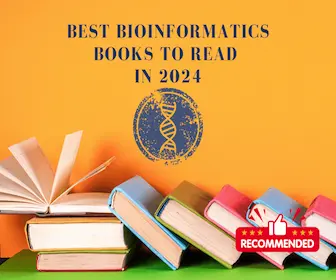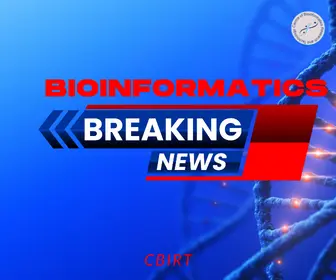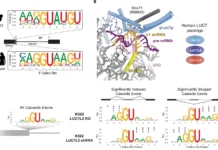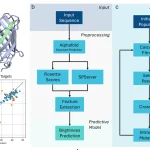Advancements in precision medicine have long promised a future where treatments are tailored to individual genetic profiles. However, despite significant progress in genomics, the full potential of personalized healthcare remains largely unrealized. In their paper “A Roadmap to Precision Medicine through Post-Genomic Electronic Medical Records,” researchers from Brigham and Women’s Hospital, Harvard Medical School, and Edith Cowan University discuss how integrating electronic medical records (EMRs) with post-genomic data can overcome existing limitations and transform healthcare.
The Missing Link in Precision Medicine
Genomic data has been useful in understanding a person’s tendency to get diseases, but its use in the clinic has been complicated by some factors. One important one is the absence of contextual information. Conventional genetic evaluations are simplistic and deterministic; they do not consider how an individual’s lifestyle, external factors, and biological processes at a given time can have an impact on the individual’s health. The paper claims that certain post-genomic data elements like transcriptomics, proteomics, metabolomics, and the exposome will provide an individual’s continuous assessment of health and fill this need.
Post-genome sequencing gives the freedom to researchers and clinicians to move from the “one-size-fits-all” paradigm of assessing genetic risk to more appropriate ways of risk evaluation. Rather than just anticipating a person’s chances of contracting a disease, post-genomic information gives the capability of assessing the changes in a person’s health over a period of time. When incorporated into electronic medical records, healthcare professionals can transform from waiting until a disease manifests itself to preventing it and giving specialized treatment.
From Data to Actionable Insights
A significant difficulty faced in the union of post-genomic data and EMRs is converting an ever-present surge of molecular data into useful clinical information. Leroy Hood’s P4 medicine model is one example that features a patient surrounded by a cloud of biological data, detailing expectations set by biobanks and high-throughput omics technologies. Mendez et al. also mention that while this vision has still not been brought to life, such initiatives contribute towards making it a reality.
The study draws attention to the specific problem of correlating periodic-omic profiling with asynchronous EMR data entry. The changing post-genomic data is more dynamic than genetic data, which remains dormant as time goes on. Integration of these ever-changing elements is not possible without sophisticated data analytic methods and standardization. The authors suggest the use of artificial intelligence and machine learning techniques to correlate -omic data with clinical phenotypes, which in turn is expected to enable the creation of relevant biomarker panels for clinical decision-making.
Transforming Electronic Medical Records for Precision Health
As for the historical context, EMRs were developed with an emphasis on administrative functions as opposed to scientific or clinical endeavors. The worry regarding EMR systems, such as the potential cognitive overload of an automated system and the possible reduction of physician-patient engagement, is less worrying due to the advantages these systems offer in data retrieval and consolidation, as well as improved patient safety. Still, the study does emphasize how contemporary EMRs are deficient in the ability to post-genomic integrate infrastructure capitally.
To address this gap, researchers propose several key steps:
- Standardizing data formats to ensure seamless integration of -omic data with existing EMR systems.
- Developing real-time patient-centered molecular records that allow clinicians to track health trajectories over time.
- Enhancing interoperability between different healthcare providers and research institutions to facilitate large-scale data sharing.
- Incorporating wearable technology and digital health tools to capture continuous health data outside clinical settings.
The Future of Precision Medicine
The study states that the next ten years will be pivotal for fully capitalizing on EMR-integrated precision medicine owing to the possibilities provided by the expansion of large-scale biobanks and the advancement of computational techniques. With more adaptive healthcare systems, the focus can shift from reactive disease management to proactive, preventive care.
The researchers advocate for a shift toward a healthcare model that prioritizes wellness over treatment. With the perpetual monitoring of a patient’s molecular actions, doctors are able to step in before a disease becomes clinically evident, preventing it from manifesting itself at all. Sustaining this method not only improves patient outcomes but also alleviates the financial burden on healthcare providers by minimizing the need for hospitalizations and expensive remedial treatments during the advanced stages of care.
Conclusion
The integration of post-genomic data into electronic medical records represents a paradigm shift in precision medicine. By leveraging real-time biological insights alongside traditional clinical data, healthcare providers can offer truly personalized and predictive care. To realize this vision, massive amounts of standardization data, data infrastructure, and ethical governance must be adopted. When these obstacles are overcome, precision medicine through electronic medical records can change the understanding, preventive measures, and treatment of diseases in the modern world. For most professionals, practical complexities and uncertainty in predictions constitute the paradigm shift in medicine’s precision.
Article Source: Reference Paper.
Disclaimer:
The research discussed in this article was conducted and published by the authors of the referenced paper. CBIRT has no involvement in the research itself. This article is intended solely to raise awareness about recent developments and does not claim authorship or endorsement of the research.
Follow Us!
Learn More:
Anchal is a consulting scientific writing intern at CBIRT with a passion for bioinformatics and its miracles. She is pursuing an MTech in Bioinformatics from Delhi Technological University, Delhi. Through engaging prose, she invites readers to explore the captivating world of bioinformatics, showcasing its groundbreaking contributions to understanding the mysteries of life. Besides science, she enjoys reading and painting.

